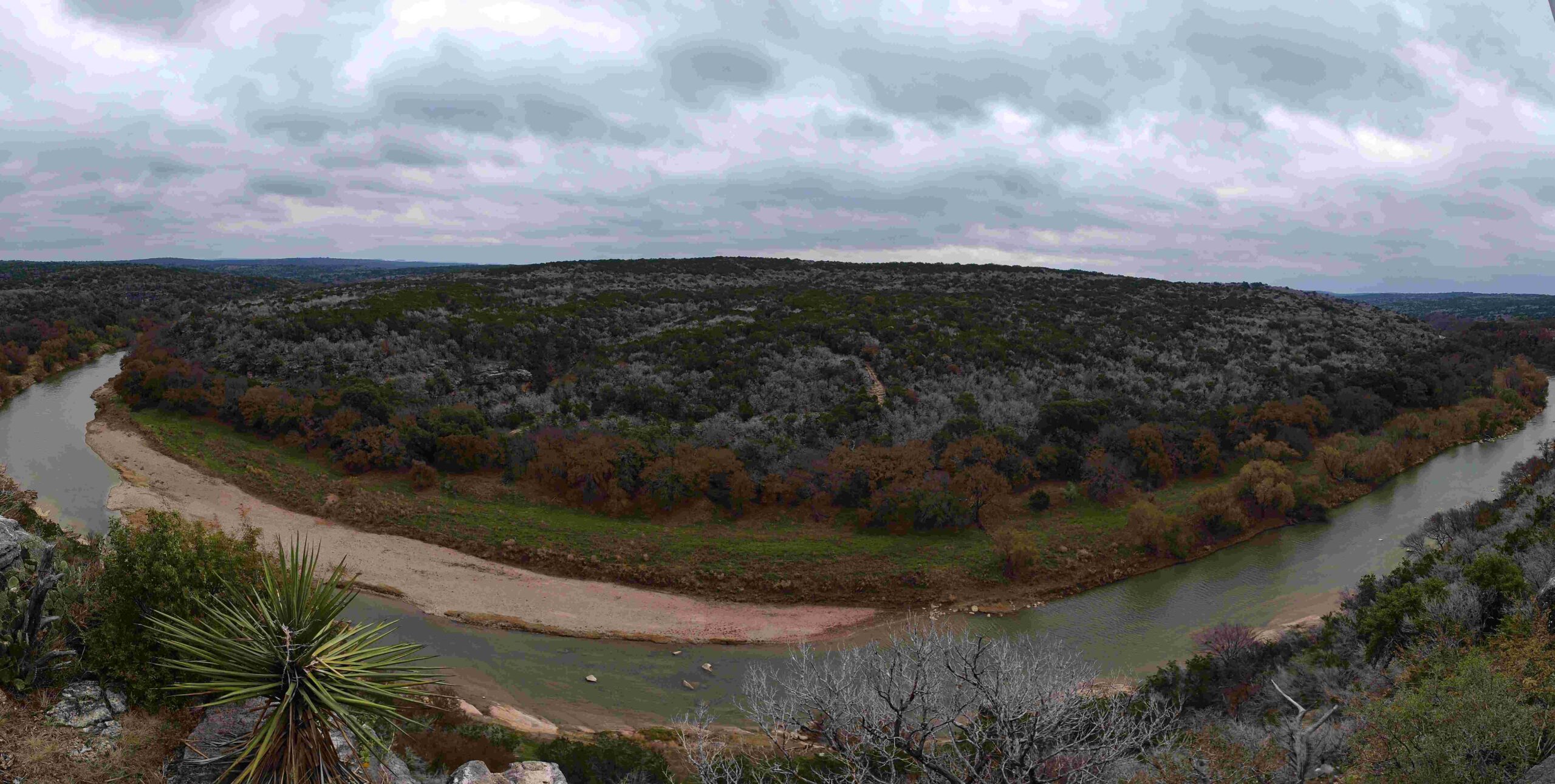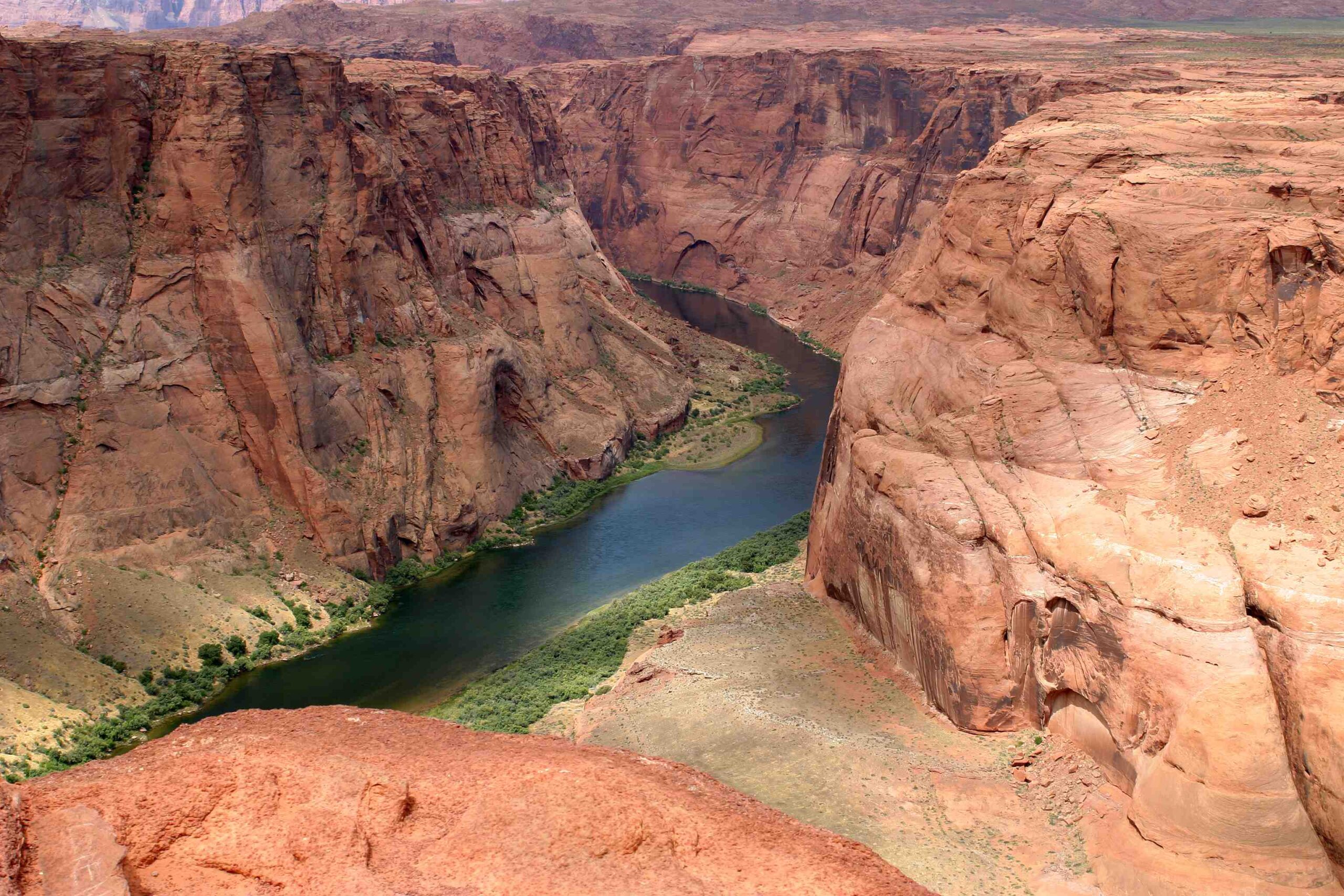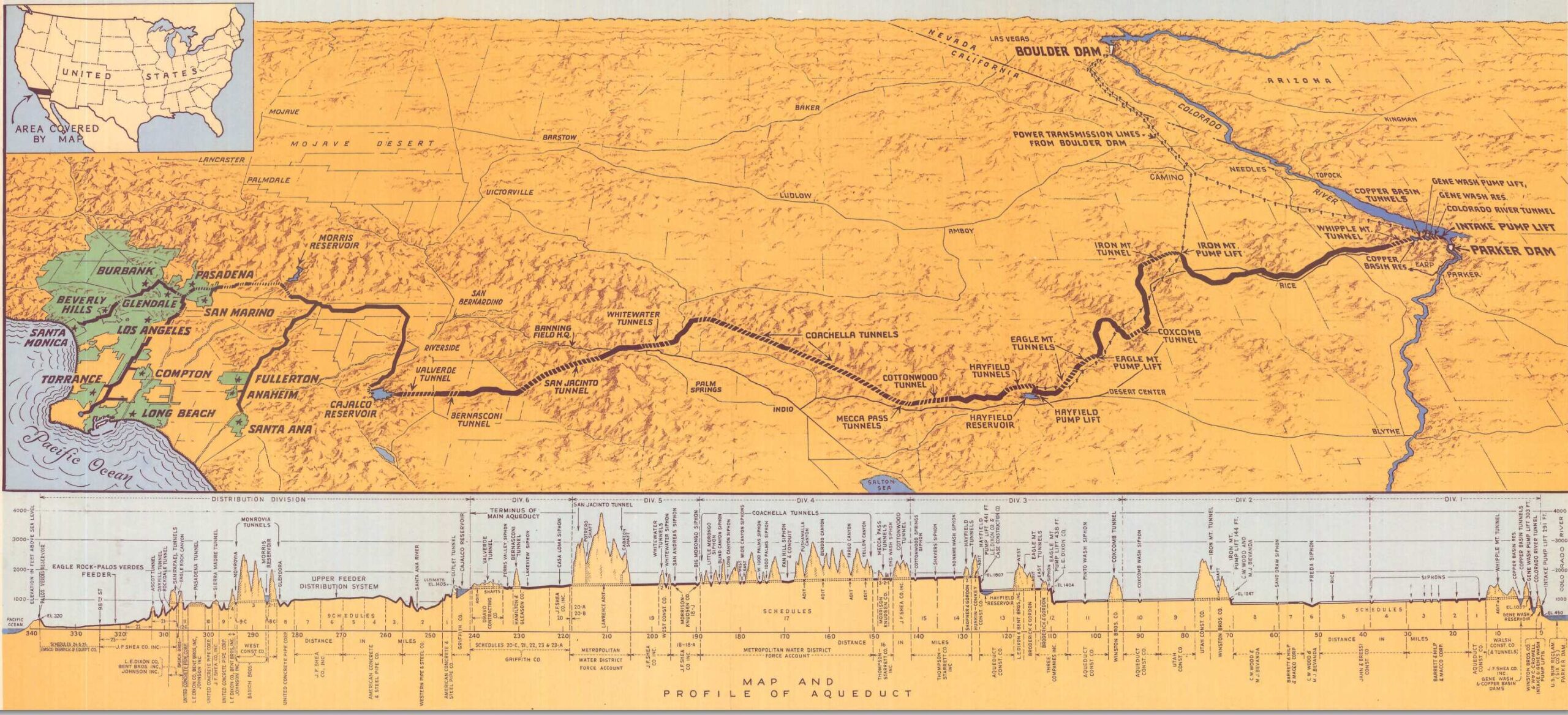The Colorado River, a vital waterway in the American Southwest, flows through Arizona, creating natural barriers and scenic landscapes. Crossing this mighty river has been a challenge and necessity for centuries. Today, several bridges span the Colorado River in Arizona, providing essential transportation links and offering unique experiences for travelers. These crossings range from historic structures to modern engineering marvels, each with its own story and significance.
What are the Major Colorado River Crossings in Arizona?

Arizona boasts several notable bridges that cross the Colorado River, each serving a unique purpose and offering distinct experiences. Here are the primary crossings:
- Navajo Bridge
- Glen Canyon Dam Bridge
- Mike O’Callaghan–Pat Tillman Memorial Bridge
- Laughlin Bridge
- London Bridge (Lake Havasu)
Let’s explore each of these crossings in detail.
How Significant is the Navajo Bridge?
The Navajo Bridge, located in Marble Canyon, Arizona, is a testament to both historical significance and engineering prowess. Here are some key facts about this iconic crossing:
- Location: Marble Canyon, Arizona, on US 89A
- Bridge Type: Steel arch bridge
- Measurements:
- Main span: 834 feet (254 meters)
- Total length: 1,868 feet (569 meters)
- Historical Significance: Opened in 1929, it was the first bridge to span the Colorado River in this region
- Accessibility: Part of US 89A, easily accessible by car
- Amenities: Nearby parking, scenic views, and access to Marble Canyon
- User Ratings: Highly rated for its historical significance and scenic views
- Activities: Hiking, photography, and exploring Marble Canyon
- Challenges: Limited parking and can be crowded during peak season
The Navajo Bridge played a crucial role in connecting the north and south parts of the region, making it a vital link for transportation and commerce.
What Makes the Glen Canyon Dam Bridge Unique?
The Glen Canyon Dam Bridge, situated near Page, Arizona, is another remarkable Colorado River crossing. Here’s what you need to know:
- Location: Near Page, Arizona, on US 89
- Bridge Type: Steel arch bridge
- Measurements: Total length of 1,560 feet (475 meters)
- Significance: Spans the Colorado River at the southwestern end of Lake Powell
- Accessibility: Part of US 89, easily accessible by car
- Amenities: Parking facilities, scenic views, and access to Glen Canyon National Recreation Area
- User Ratings: Highly rated for its engineering and scenic views
- Activities: Visiting Glen Canyon National Recreation Area, boating, and fishing
- Challenges: Traffic during peak season and limited parking
The Glen Canyon Dam Bridge offers breathtaking views of the surrounding landscape and provides access to numerous recreational opportunities in the area.
How Impressive is the Mike O’Callaghan–Pat Tillman Memorial Bridge?
The Mike O’Callaghan–Pat Tillman Memorial Bridge, part of the Hoover Dam Bypass, is a modern marvel of engineering. Here are the details:
- Location: Near Hoover Dam, on US 93
- Bridge Type: Cable-stayed bridge
- Measurements:
- Main span: 1,900 feet (579 meters)
- Height above the Colorado River: Nearly 900 feet (270 meters)
- Accessibility: Part of US 93, easily accessible by car and includes a pedestrian walkway
- Amenities: Parking facilities, scenic views, and access to Hoover Dam
- User Ratings: Highly rated for its engineering and pedestrian walkway
- Activities: Visiting Hoover Dam, hiking, and photography
- Challenges: Security checks and limited parking
This bridge not only serves as a crucial transportation link but also offers pedestrians a unique opportunity to view the Hoover Dam and the surrounding landscape from a spectacular vantage point.
What’s Special About the Laughlin Bridge?
The Laughlin Bridge, connecting Laughlin, Nevada, and Bullhead City, Arizona, is an important crossing for both locals and tourists:
- Location: Between Laughlin, Nevada, and Bullhead City, Arizona
- Bridge Type: Highway bridge
- Construction: Built in 1987
- Significance: Connects two cities and facilitates access to casinos and other attractions
- Accessibility: Easily accessible by car, with a water taxi also available for passengers
- Amenities: Access to casinos, parking facilities, and water recreation activities
This bridge plays a vital role in the local economy, supporting tourism and providing essential transportation links between the two cities.
How Unique is the London Bridge at Lake Havasu?
While not directly spanning the Colorado River, the London Bridge at Lake Havasu is a notable crossing that deserves mention:
- Location: Lake Havasu City, Arizona
- Historical Significance: Originally built in 1831 in London, England, relocated to Arizona in 1971
- Dimensions: 130 feet (40 meters) long and 30 feet (9 meters) wide
- Span: Crosses a canal connecting Lake Havasu to Thompson Bay
- Maintenance: Regular upkeep performed by the City of Lake Havasu
- Events: Hosts various festivals and parades throughout the year
The London Bridge is a unique attraction that combines historical significance with modern tourism, offering visitors a taste of English history in the Arizona desert.
What are the Best Times to Visit Colorado River Crossings in Arizona?

The best time to visit Colorado River crossings in Arizona depends on your preferences and the activities you plan to enjoy. Here’s a general guide:
| Season | Advantages | Disadvantages |
|---|---|---|
| Spring (March-May) | Mild temperatures, wildflowers in bloom | Can be crowded during spring break |
| Summer (June-August) | Ideal for water activities | Extremely hot temperatures, crowded |
| Fall (September-November) | Pleasant temperatures, fewer crowds | Some facilities may have reduced hours |
| Winter (December-February) | Fewer crowds, mild daytime temperatures | Cold nights, some facilities may be closed |
Consider your tolerance for heat and crowds when planning your visit. Spring and fall generally offer the best balance of pleasant weather and manageable visitor numbers.
How Can Visitors Prepare for Their Colorado River Crossing Experience?
To make the most of your visit to Colorado River crossings in Arizona, consider the following tips:
- Plan ahead: Research each crossing and its surrounding attractions to decide which ones interest you most.
- Check weather forecasts: Arizona’s climate can be extreme, so be prepared for hot temperatures or sudden weather changes.
- Bring essentials: Pack plenty of water, sunscreen, hats, and comfortable walking shoes.
- Arrive early: Popular crossings can get crowded, especially during peak seasons. Arriving early can help you avoid the crowds and secure parking.
- Respect the environment: Follow Leave No Trace principles to help preserve these natural and historical sites for future visitors.
- Bring a camera: The views from these crossings are often spectacular, so don’t forget to capture the memories.
- Stay informed: Check for any closures or maintenance work that might affect your visit.
By following these tips, you’ll be well-prepared to enjoy the unique experiences offered by Colorado River crossings in Arizona.
Colorado River crossings in Arizona offer a blend of natural beauty, historical significance, and engineering marvels. Whether you’re interested in photography, hiking, or simply enjoying scenic drives, these bridges and their surrounding areas provide unforgettable experiences. From the historic Navajo Bridge to the modern Mike O’Callaghan–Pat Tillman Memorial Bridge, each crossing tells a story of human ingenuity and our ongoing relationship with one of America’s most iconic rivers.
References:
1. Wikipedia – Colorado River
2. Scenic Color Country – Colorado River Bridges
3. Arizona Leisure – Colorado River Area Cities and Attractions

